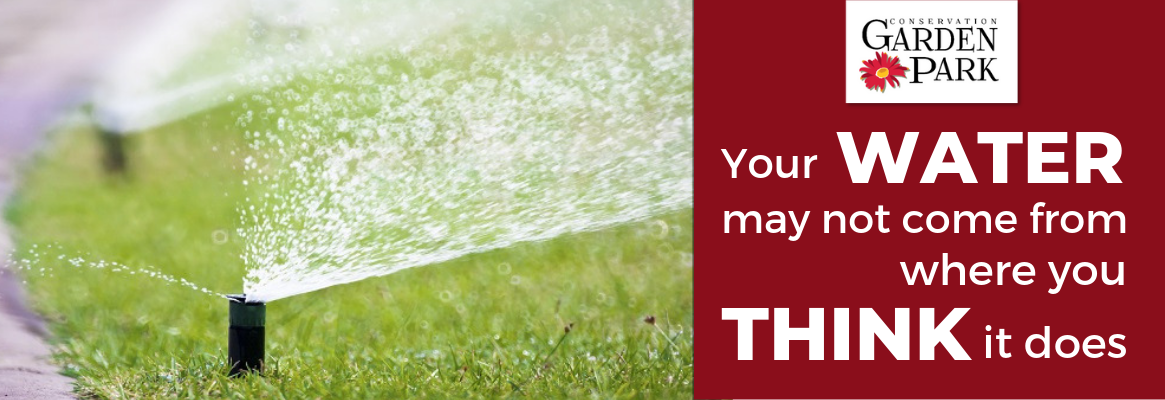
Your Water May Not Come from Where You Think it Does
-

You’ve heard us beat the water conservation drum long and loud for years, especially during dry years. What you may not know is why conservation is important during wet years, too. We don’t advocate conservation just because we get less water than “normal” some years. We advocate it every year because our wet years are rarely wet enough to make up for drought, and our water doesn’t come from where we think it does.
According to NIDIS (drought.gov/drought/states/utah, 2019), the longest duration of drought in Utah lasted 288 weeks, from April 3, 2001, to October 3, 2006. Five and half years! One wet winter in six is not ideal. A friend recently quipped that his church-going friends should adjust how they pray for moisture—that they should pray that it comes spread out, instead of all at once every five years. -
I hear people often say, “Eighty percent of our water is used for agriculture. If we could just convert some of that for our drinking use…” But that’s not the whole picture. And this is the surprising part. About 89 percent of the water that falls in Utah stays in the environment3. Of the remaining 11 percent, only 4.5 is for agriculture and less than 1 is for municipal and industrial (M&I) use. Surprised? That’s the “80 percent” everyone is talking about—80 percent of the very small bit of water that is diverted from the environment. In total? About 4 percent is all agriculture uses. We divert so little water from the environment that our need for wet years is even greater!
-

-

Take a look at the colorful graphic below showing Utah, Colorado and Arizona. The water that falls in the colored areas is the only snow or rainfall that could ever make it into a reservoir. And our reservoirs are how we survive those consistent, long years of drought. Jordanelle was the last major reservoir we built, and it was put into service in the 1990s. With our growing population and water sources becoming farther and farther away, it makes sense to continue beating that water conservation drum. Even in wet years.
-

While the state shows little sign of water stress right now, our reservoirs are not filling as quickly as they used to. And they’re what keep us in business. When you think of water as the lifeblood of the state, it’s the liquid that keeps our economy moving2, fills your bathtub, and keeps your lawn green during the heat of July and August (which it doesn’t need, by the way, but that’s another article).
If you’re interested in changing your water use so we can keep more of that liquid gold that fuels our economy, take a look at Localscapes.com. Since 60 percent of our M&I water is put on those lawns in summer, isn’t it time to think differently about how we landscape? We’re not in New England, after all, and our reservoirs can’t keep up forever.
Visit Conservation Garden Park or Localscapes.com for more information about what you can do to change the way Utah landscapes.
-


